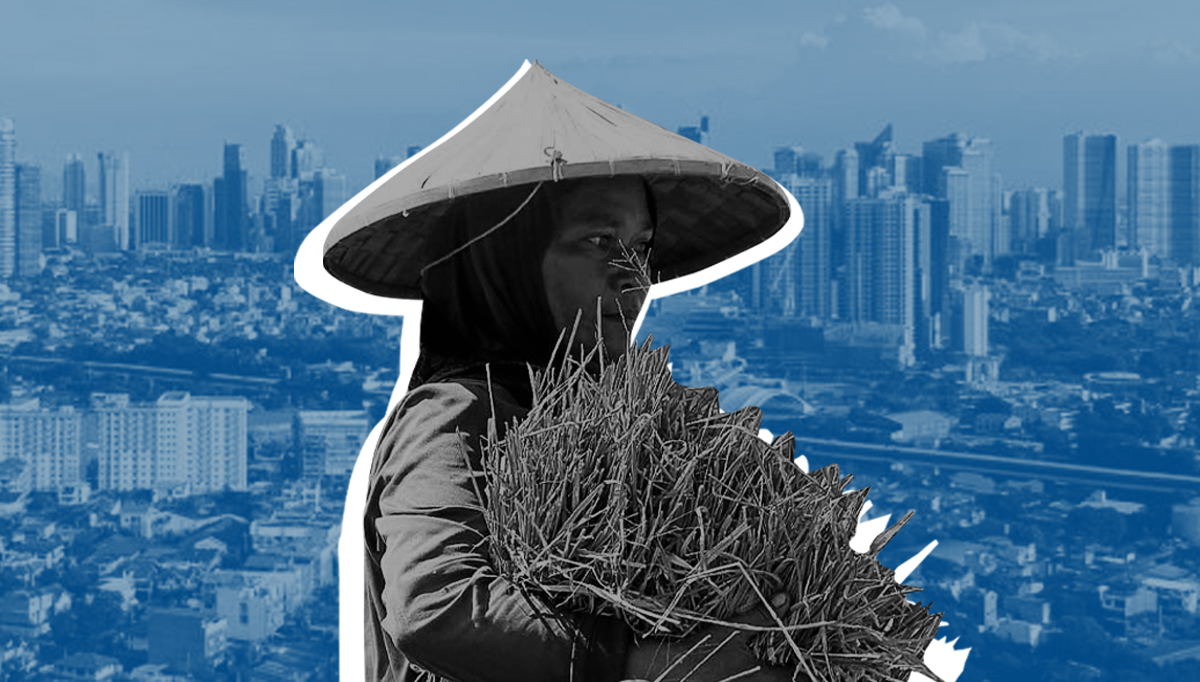Automation looms large on PH agri jobs
MANILA, Philippines—Technology has helped people at work since the first industrial revolution, but with “industry 4.0” increasingly being characterized by automation, several countries should see the need to cope.
In a report by Deloitte “to identify the labor markets most vulnerable to technological disruption,” Southern Asian nations were found to be least prepared for the impacts of workplace automation in the Asia Pacific region.
It said that the Philippines, with a 56 percent preparedness rating, placed sixth, behind Thailand (61 percent), and ahead of Indonesia (54 percent), Vietnam (50 percent), India (44 percent), Bangladesh (41 percent), Myanmar (40 percent), and Pakistan (40 percent).
READ: Stakeholders, gov’t must be ready for automation, AI in workplace -DOLE exec
Preparedness, the report stated, is identified within a country by analyzing 19 unique indicators which cover the ability to capitalize on automation and help disadvantaged workers. The Philippines had 56 percent in both indicators.
Australia (72 percent) and Singapore (70 percent) were at the top of the list. Japan (69 percent) placed third while Korea (66 percent) and Thailand (61 percent) took the fourth and fifth spots.
Article continues after this advertisement“Digital change and automation are driving enormous productivity gains in the world of work – gains which are helping to improve standards of living across the globe,” the report said.
Article continues after this advertisementHowever, there are significant costs associated with automation, and often, “those costs are felt by workers who are least able to successfully transition to new roles.”
READ: Automation, AI seen killing more PH jobs
Highly at-risk
The report that was commissioned by Autodesk Foundation said that existing corporate training programs and the willingness to re-skill were giving the Philippines an advantage in preparing for the transition.
This, however, did not spare the country from the “negative effects” of workplace automation.
The Philippines placed sixth when it comes to being at-risk from the impacts of the transition which, the report said, is determined not just by which roles are affected, but the extent of disadvantage faced by those who are affected.
The list of countries at-risk from workplace automation (from highly at-risk to least at-risk):
- Pakistan
- Bangladesh
- Indonesia
- Myanmar
- India
- Philippines
- Vietnam
- Thailand
- Japan
- Korea
- Australia
- Singapore
“While technology creates more jobs than it destroys, it is undeniable that automation will be disruptive. As in previous industrial revolutions, changes from industry 4.0 will mean that some roles become redundant, while others thrive,” the report said.
In the Philippines, the agriculture industry, having 9.48 million workers, is in peril because of the possible impact of workplace automation.
The Asian Institute of Management (AIM) said in 2019 that Filipino farmers face the highest average likelihood of automation at 90 percent.
AIM’s study said that the industry sector had an average probability of automation at 71 percent, while the services sector had an average likelihood of automation at 54 percent.
READ: Farmers at risk due to automation
Measuring time to start a business, the Deloitte report pointed out that the Philippines is least prepared. With 33 days, starting a business took the longest in the Philippines out of all 12 countries surveyed – Singapore being the most prepared with only 2 days required to set up a business.
Industrial impacts
Aside from agriculture, the report showed relatively high impacts on mining, manufacturing, construction, and logistics.
The Impact Index showed that the agriculture industry was ranked first with an Impact Index score of 0.53 because it is “driven by a high degree of socio-economic disadvantage among its workers.”
- Agriculture: 0.53
- Mining: 0.52
- Construction: 0.52
- Logistics: 0.52
- Manufacturing: 0.51
The report said that in mining, skill requirements are also relatively low compared to other industries. Construction placed third because it is characterized by a high proportion of routine and manual tasks as well as low productivity growth.
READ: Weaponize your workers as robots take over
Logistics has the fourth highest overall impact score, however, there is a high degree of variability across countries. Manufacturing is at higher risk of automation because it relies heavily on manual labor and has large proportions of its labor force in low-to medium-skilled occupations.
How to prepare for automation?
Deloitte said that countries can “do more” to prepare for the effects of workplace automation, pointing out that nations should proactively improve.
READ: Harnessing automation requires preparation for work disruption
“To be in the best position to benefit from automation, individuals, businesses, countries and regions need to focus on the three key opportunity areas – foresight and mindset, skills and learning, and access and inclusion,” it said.
The framework which promotes a more holistic approach to preparedness to avoid any potential gaps helps identify several initiatives that can be applied to countries at varying levels of development and stages in their automation journey.
- Establish a future of work task force
- Increase awareness of opportunities from automation Activate opportunity marketplaces
- Invest in learning programs to build adaptability and resilience
- Develop appropriate safety nets to enable people to live and work
- Industry specific funded programs for automation transformation
- Level the playing field through investing in local language content
“Helping more businesses, industries and countries take advantage of the potential of automation is not just about upskilling workers. It is equally important to consider demand for labour, as well as the underlying ecosystem and infrastructure,” the report said.
